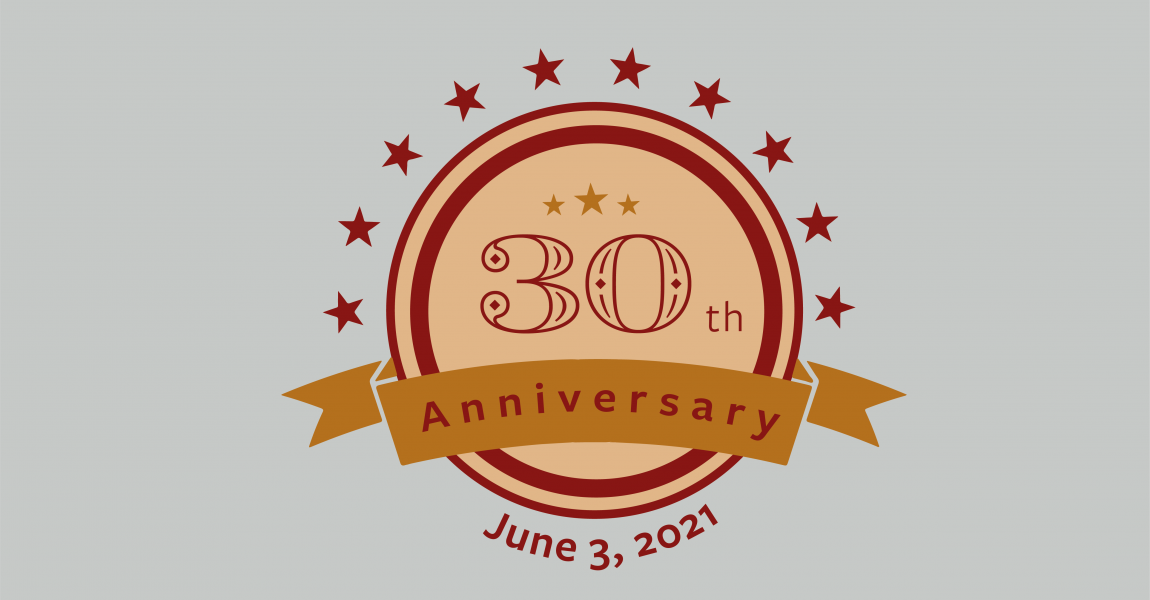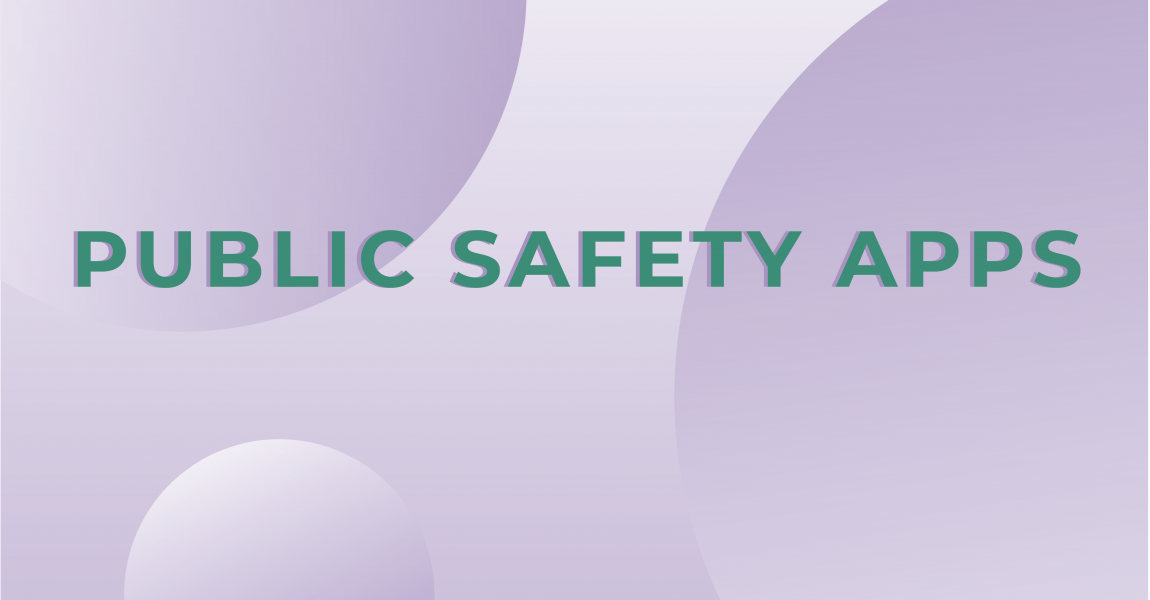30-year Anniversary of 9-1-1 in North Central Texas
The North Central Texas Council of Governments (NCTCOG) launched 9-1-1 in our region 30 years ago. June 3, 1991 marked the implementation of the systems in Collin and Rockwall counties. But the story did not start that day. There were almost two years of collecting fees to pay for the system, developing regional plans, procuring technology, rural addressing, training 9-1-1 telecommunicators, and educating the public. Thirty years ago on June 3rd, these counties hosted 9-1-1 cut-over ceremonies and made the public “first calls to 9-1-1.” Come to find out, those were not the most important calls of the day. Collin and Rockwall counties both received lifesaving 9-1-1 calls on their first day of service. This received great media attention and boosted the public awareness and confidence in the new 9-1-1 system. The calls were affirmation that the Texas legislature made the right decision in passing legislation to ensure the entire state of Texas was covered by 9-1-1 and assigning the Councils of Governments to take on the implementation of the parts of the state that did not have 9-1-1 service. Those two calls meant two lives saved on the very first day of 9-1-1 service in the NCTCOG region. That alone made all the planning and hard work worth it! This was only the beginning. . .
I remember that first system like it was yesterday. We provided a special 9-1-1 phone and a monitor that displayed the caller’s name and physical address. It was fancy! It was very exciting for dispatch to receive this information that had never been available. It was not easy, as we worked with the counties to convert rural route and box numbers into physical addresses. After all, we couldn’t mail a fire truck! We also dealt with a lot of resistance from the public. They were used to calling their 7-digit local numbers for law, fire, and EMS and everyone that answered knew where they lived. To magnify the problem, Rescue 9-1-1 was one of the hottest television shows at the time and featured larger 9-1-1 centers around the country. Our residents were very adamant they did not want their emergency calls going to California. So, we did grass roots educating, presenting at local civic organizations, participating in community festivals, and worked with the local media. These were very real challenges 30 years ago but looking back it seems things were simple then.
Changes in technology brought our next challenges. We introduced computer technology into our dispatch centers for 9-1-1 and it was the first tech of that kind some had ever seen. One of my favorite memories was when I was training on this new computerized system and instructed my students to “right click” on an area of the monitor. Everyone in the class picked up their pencil and wrote the word click. They did not prepare me for this in college! I have often heard the 9-1-1 industry hates change, and there has certainly been a lot of it in these past 30 years. Speaking on behalf of our awesome telecommunicators, they have always adapted to products and services that enhance 9-1-1 service and made it their “new normal” in a short amount of time. No matter what technologies and changes we threw at them, it didn’t change their mission to help people and serve their communities. The people have definitely been the best part of 9-1-1 for me in the past 30 years.
I’m thankful for the public who listened to my presentations and asked questions at educational booths. The telecommunicators never cease to amaze me with their creativity and ability to solve problems on the fly. I want to recognize the elected officials that have heard our messaging and supported 9-1-1. I have been fortunate to be a part of the national/state associations that have been such a resource through the years and the different groups that collaborate regularly to share information and ideas. The Public Educators and Trainers Network of Texas helped me tremendously when everything was new and being developed. The Early Adopters Summit group inspires me daily as they forge the way to the future. There are too many to mention. I am blessed to have spent the last 30 years doing what I love and having the opportunity to help save lives and make a difference!



